|
For many years, some of the more famous temples and shrines in Japan have been organizing light-up events to encourage people to visit during the off-season. These events have been especially popular in Kyoto, and before the pandemic, they brought in hordes of tourists. Well, times have changed, and there are few tourists to be seen these days. However, light-up events have continued to be popular, and many smaller temples and shrines have also started to offer light-up events. These events offer encouragement to local communities and draw in visitors from nearby. And, since it's all outdoors, people feel relatively safe even during these uncertain times.
One such light-up event was held this fall at Iwashimizu Hachimangu Shrine, on the edge of Kyoto Prefecture. We arrived just as the blue hour was fading, and I was surprised at how few people there were. (Of course, I shouldn't have been surprised since we were there on a weeknight, and it was to be held over several weeks.) We enjoyed the growing darkness and the magic of lighting. Ah, so lovely! For more about Iwashimizu Hachimangu Shrine: https://osaka-info.jp/en/discover-kansai/iwashimizu-hachimangu-yawata/ For more about light-up events in Kyoto, 2021: https://www.timeout.com/tokyo/news/temples-and-shrines-in-kyoto-are-holding-evening-illuminations-this-autumn-101321 (There's a beautiful photo of the shrine during this light-up event.) Interesting fact: Thomas Edison used bamboo from this shrine in the course of making the first light bulb! For more about that, scroll to the bottom of this website: https://travel.gaijinpot.com/iwashimizu-hachimangu-shrine/
0 Comments
Today we drove by a rose garden not far from our home. Whenever I pass it, whether I'm on the car or on the train, I always make a point of checking to see if there are any roses blooming. The rose season usually finishes towards the end of November but although today is December 12, there were still roses blooming! Not a lot, of course, but still... I'm originally from Canada where this time of year brings snow and cold and so, even after all these years in Japan, the fall blooming season continues to delight me. It always seems miraculous!
This rose was blooming in the Nakanoshima Rose Garden in central Osaka, in mid-November. Whew! The last few weeks have been very full! Lots of good stuff, mind you, so I can't complain. And the weather lately has been lovely - today was +17C° - so I've also been spending a lot of time in the garden trying to get it ready for winter. So, although I have been taking lots of photos, I haven't had many chances to sit down and go through them carefully. Hopefully that will change as the cold weather arrives, which appears to be soon!
Today I'm posting a few more photos from our trip to Koya San (Mt. Koya) in late October. These were taken as I walked through Okunoin, Japan's largest cemetery, on a cold, drizzly day. Ah, the moss... (For more about Koya San and Okuonin, visit the blog post on December 5th.) Several weeks ago I posted a photo on Facebook of a Dunce Cap succulent in my garden that was producing a death bloom. (See the top photo) This is a tower of buds that indicates the main plant is going to die, but not before producing a lot of seeds. I had never seen this before and so was curious about what would happen next.
Well, it has been so interesting to watch! First, the blooms extended up to the top of the tower and then, over time, proceeded to turn pink and then reddish. (See the last 2 photos.) Currently, all that is left are dried, brown stalks but, of course, all the pups that had been sent out from the old plant are doing well. So, now I know! It's such an interesting plant! Several weeks ago, we spent some time Koya San (Mt. Koya), up in the mountains of Nara. It was founded in 819 as the headquarters of the Shingon sect of Japanese Buddhism and has grown to be a huge temple complex. Currently there are over 120 temples and these are spread out over several kilometers. It's considered one of Japan's most sacred landmarks and has been a World Heritage Site since 2004.
Of course, the temples are beautiful and there is much to see and do in the village. However, I most enjoyed Okunoin, the largest cemetery in Japan. While that may sound creepy, in fact, I found the experience quite moving. The path through the cemetery is two-kilometers and over 200,000 gravestones line the path. As I slowly wandered my way along, past aging gravestones dripping with moss, my thoughts turned to loss, remembrance, and the passing of time. This is part of the reality of being human... For more about Koya San: https://www.japanvisitor.com/japan-city-guides/city-guide-koyasan For more about Okunoin: https://www.japan-guide.com/e/e4901.html |
BLOG
I'm a photographer based in Osaka, Japan. I love to take photographs. I like to share.
Archives
April 2023
Categories
All
|
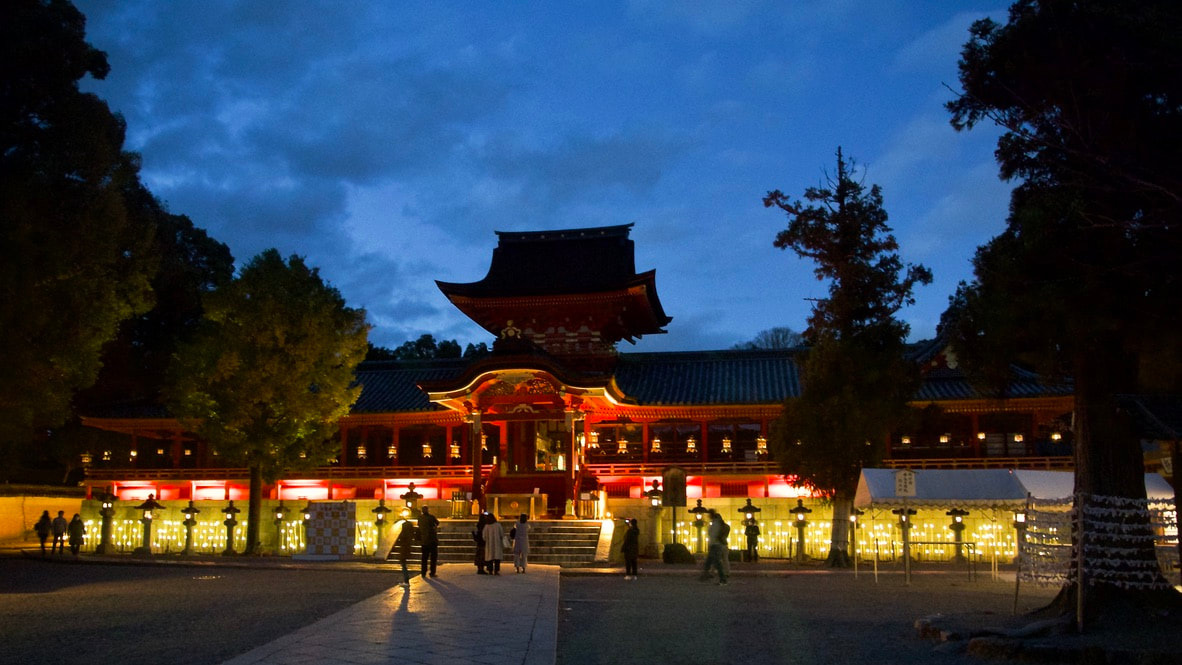
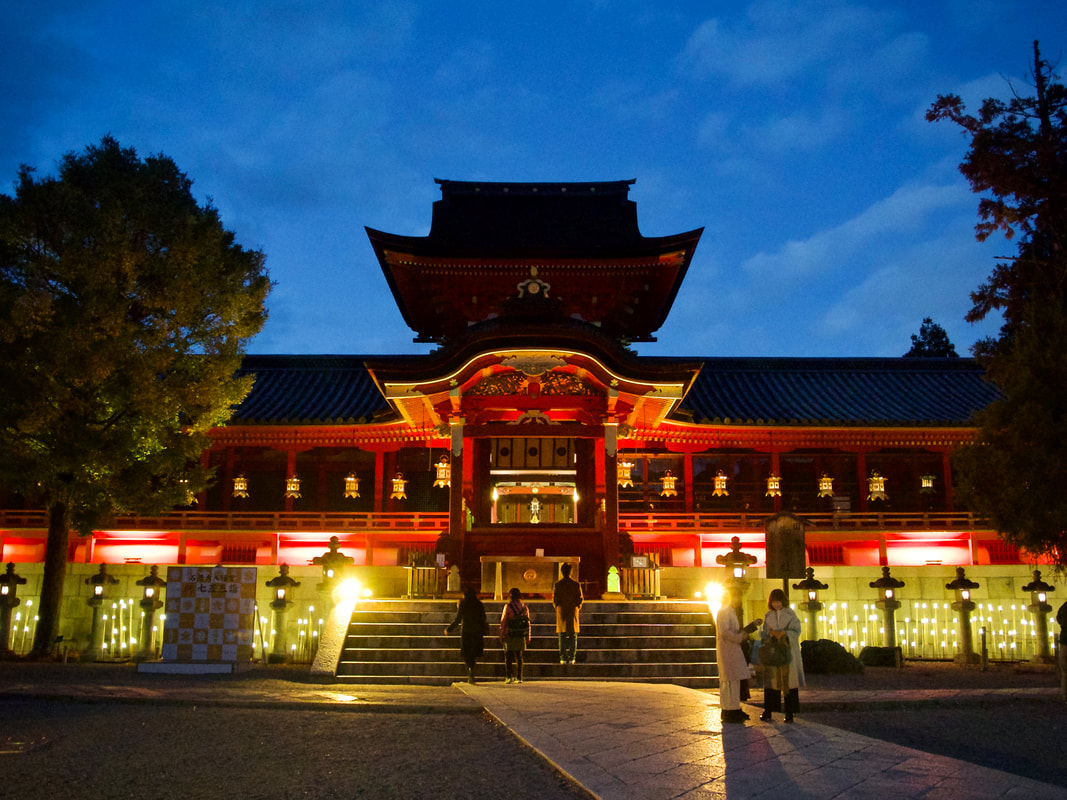
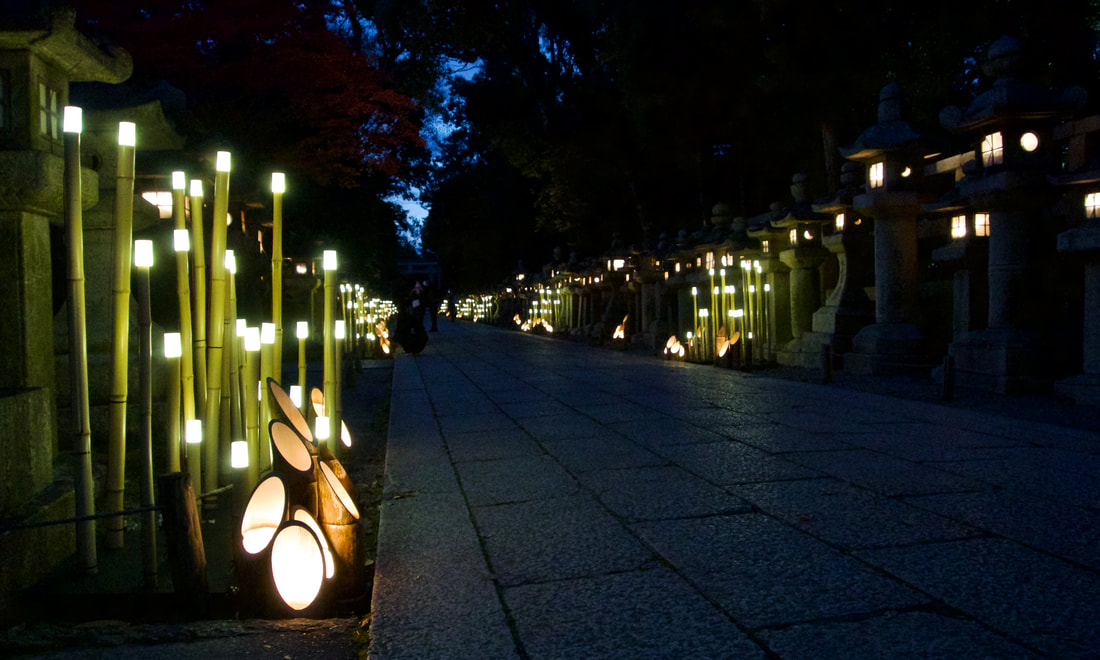
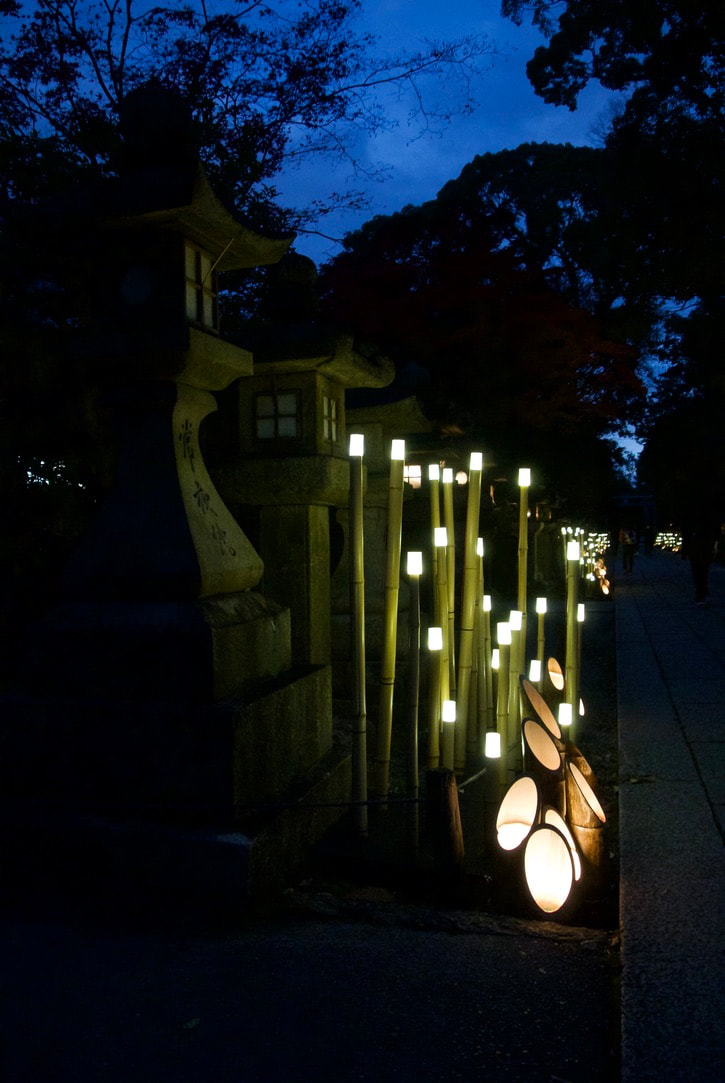
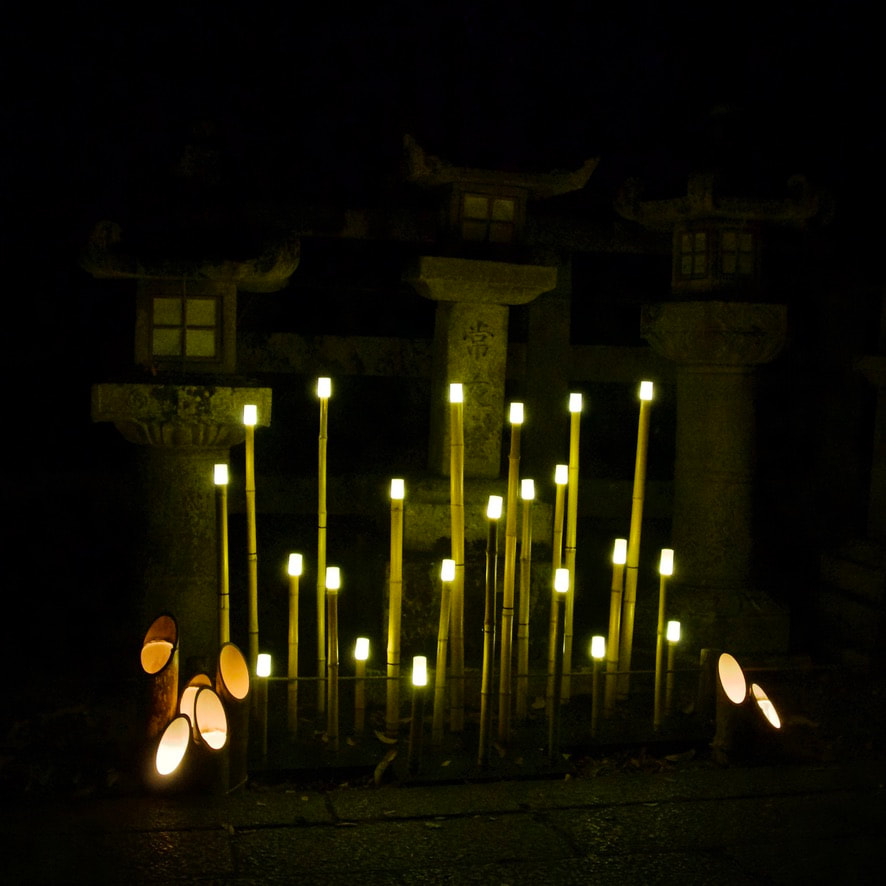
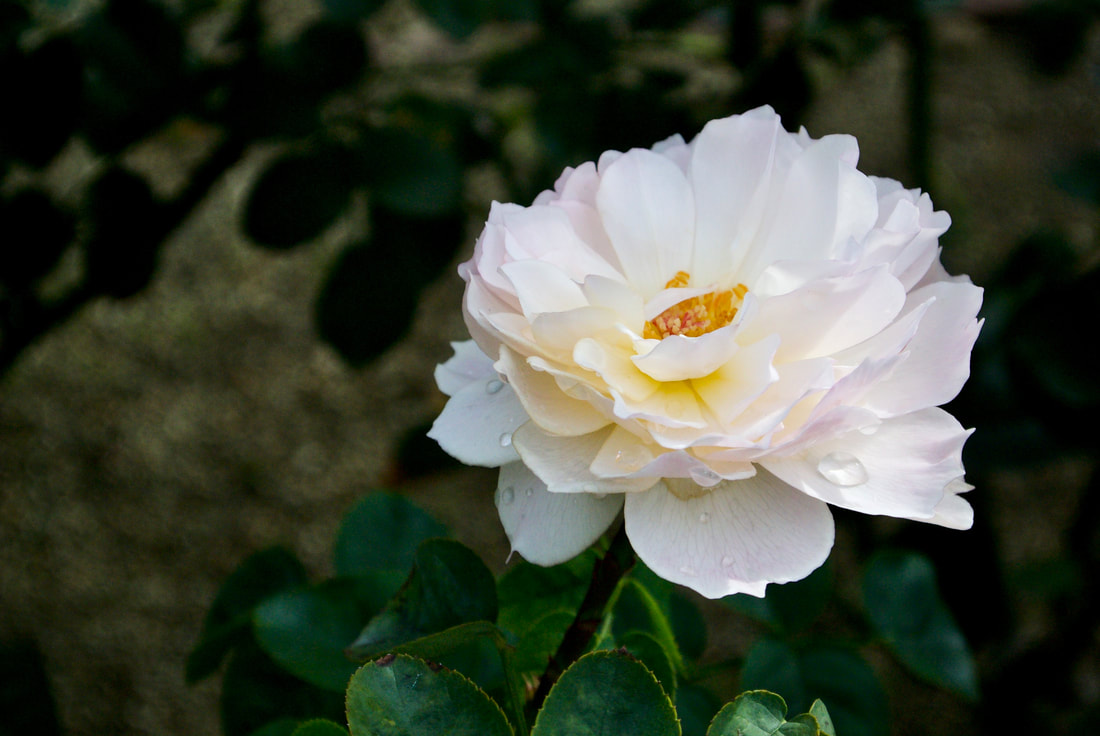
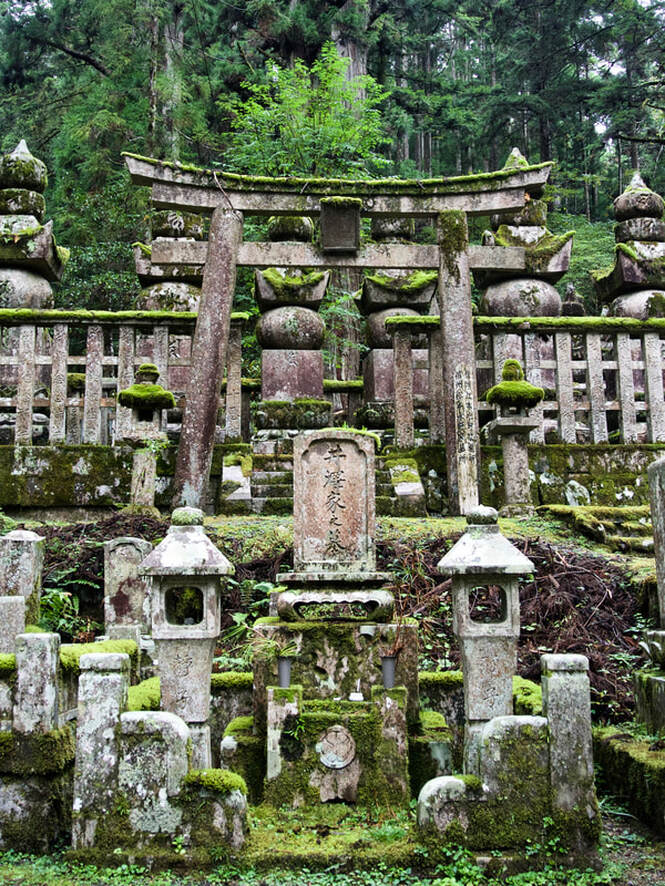
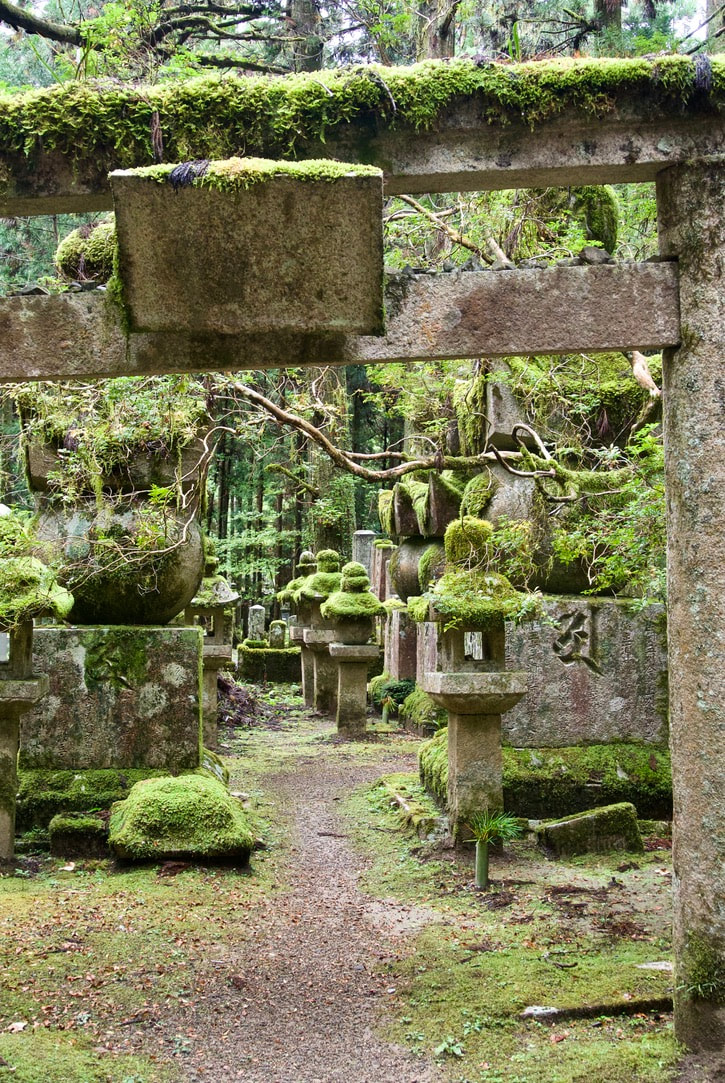
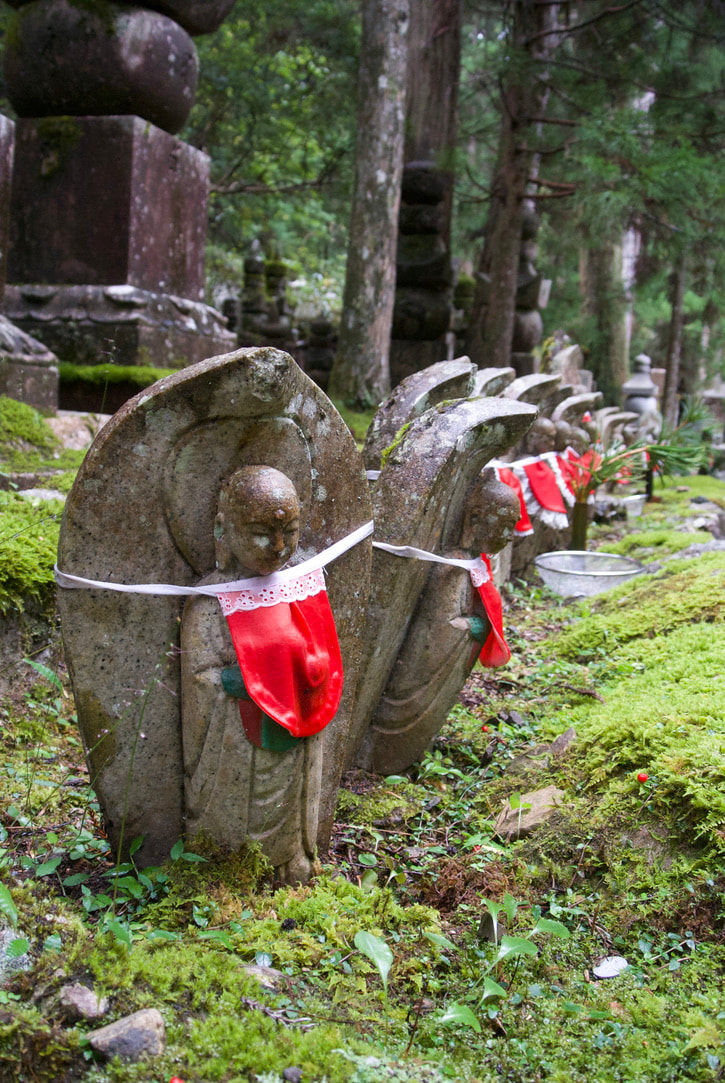
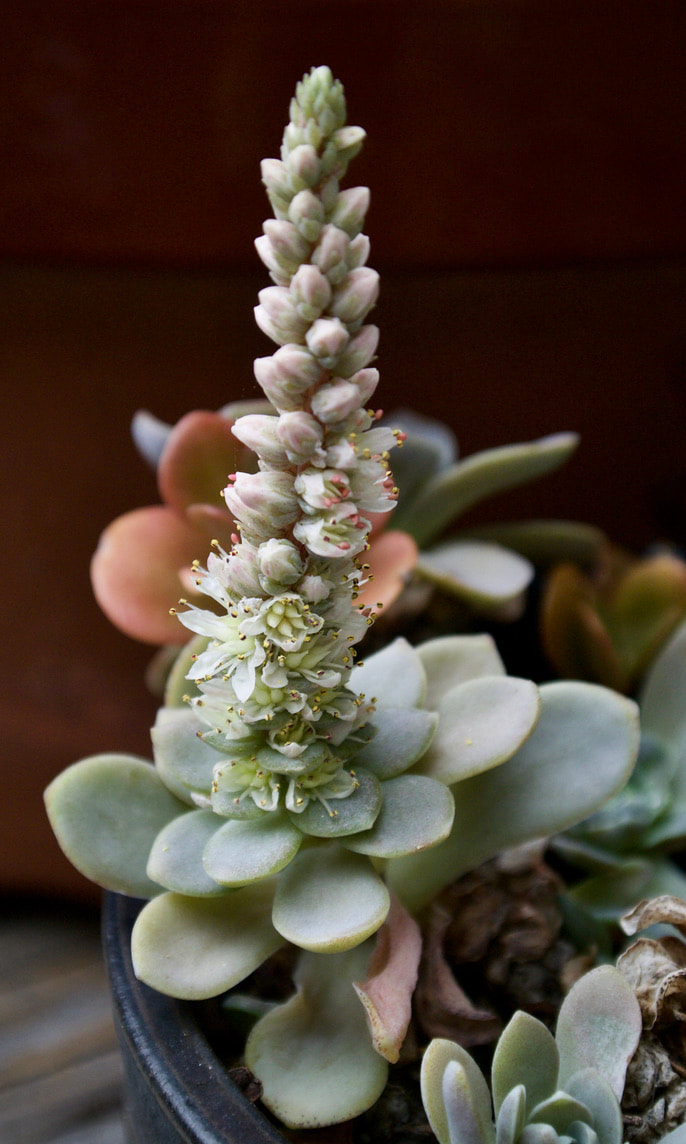
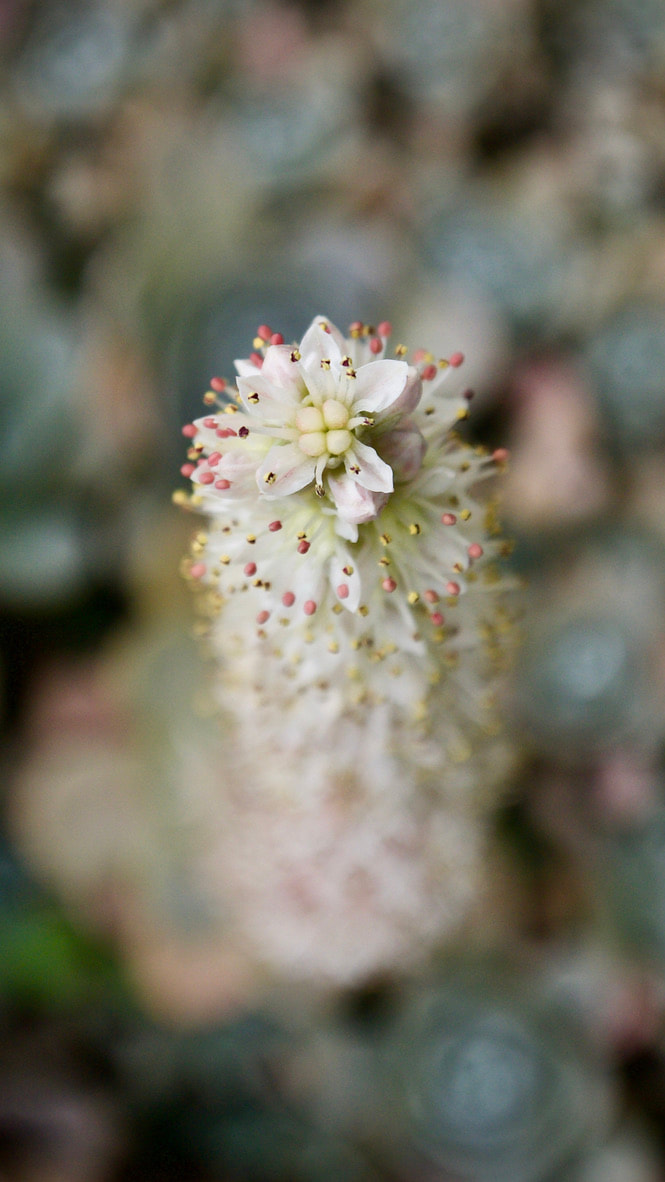
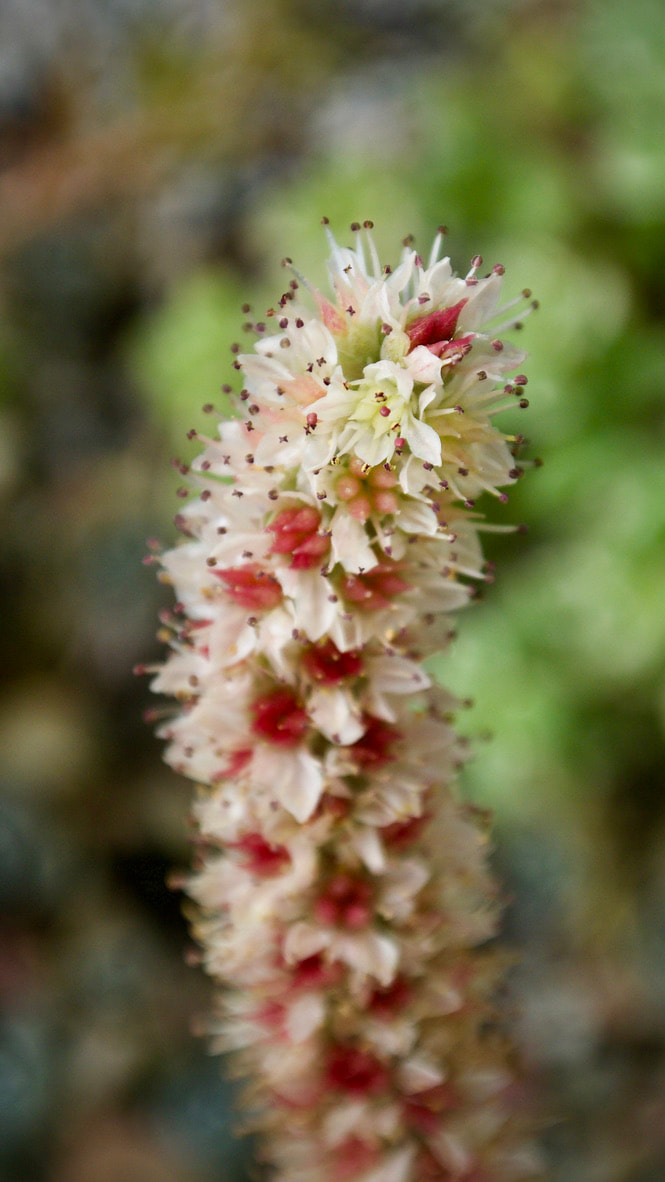
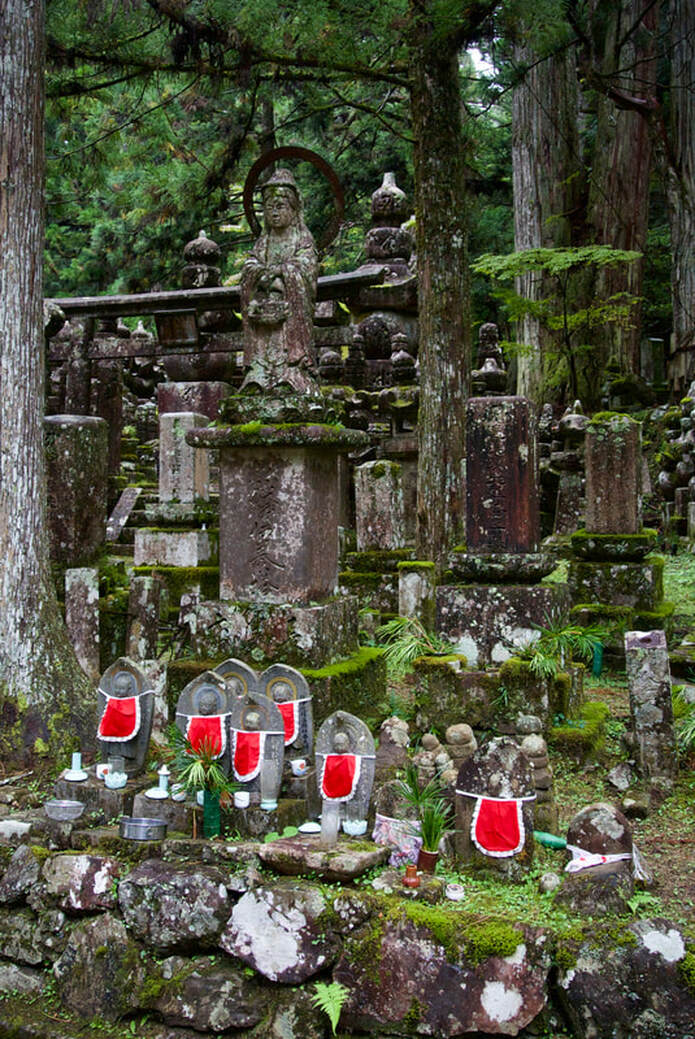
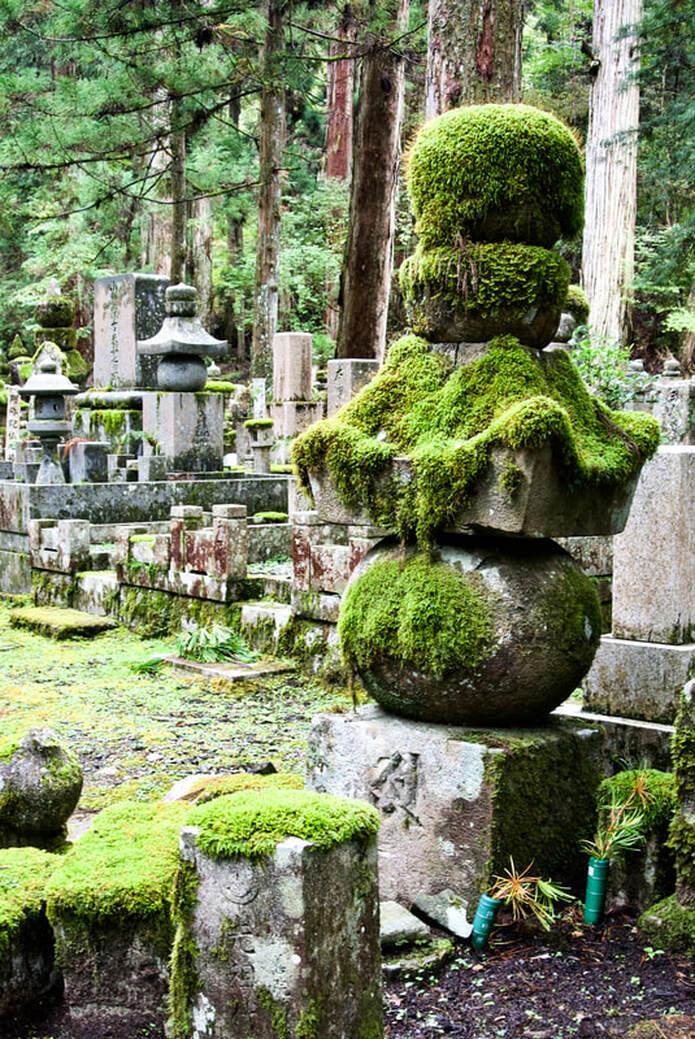

 RSS Feed
RSS Feed